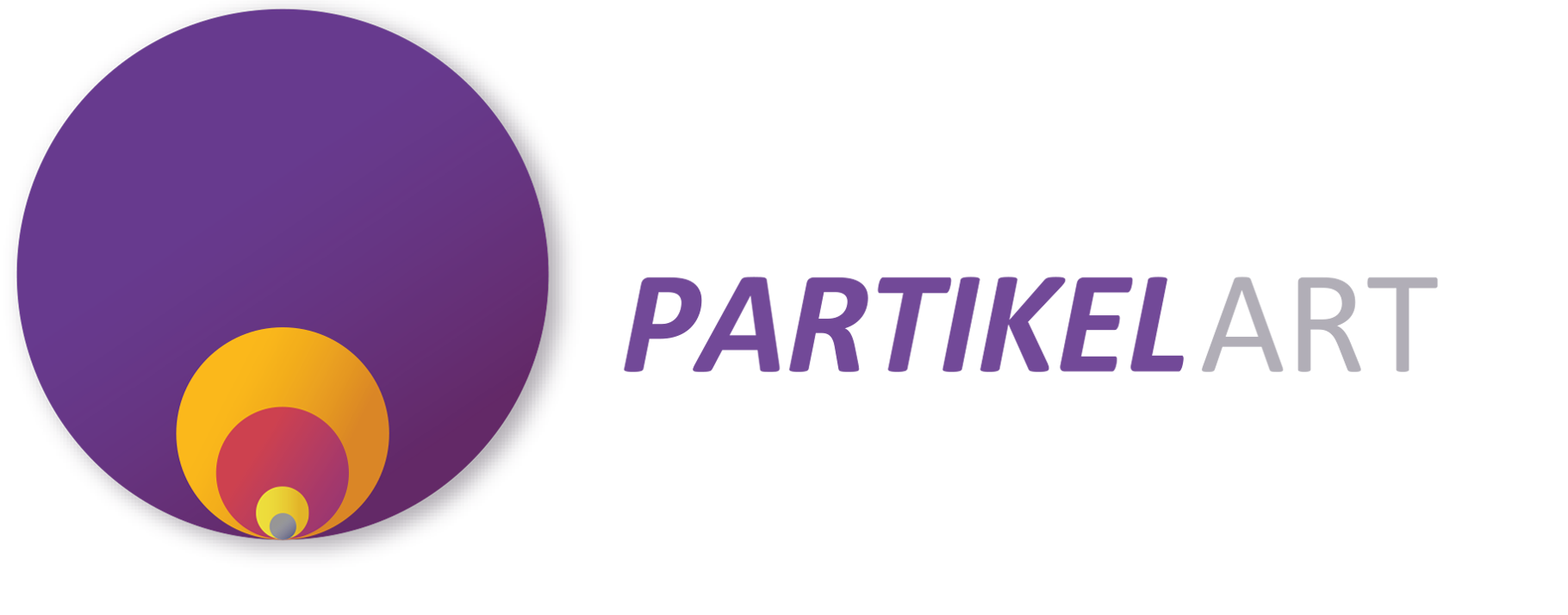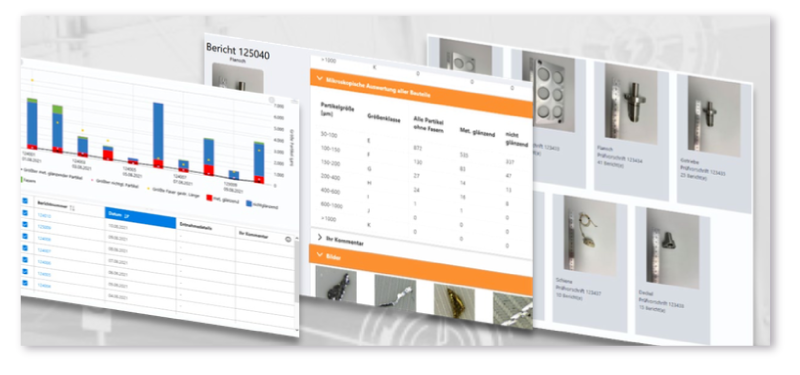Today, we would like to introduce a remarkable publication that appeared in 2021 in the journal “Applications and Concepts of Business Informatics (AKWI).” This work builds on the insights of PartikelART Solution GmbH and demonstrates impressively that the automated classification of particle images has been successfully implemented at Continental.
The authors Jan-Michael Kirchner, Frank Herrmann, Harald Fritzsche, and Dr. Thomas Kleinert highlight the significant effort involved in manual post-inspection following the analysis and metal/non-metal classification in the measurement system. In many companies, it takes expert knowledge to identify the characteristics of a particle from a specific source, making it difficult or even impossible to trace the particle’s origin.
A common problem observed is that after receiving analysis reports indicating threshold violations, companies often resort to FMEAs or potential analyses. These lead to action plans whose cost-benefit ratio is often unknown. Avoid this mistake! The standard cleanliness analysis already provides valuable clues about weaknesses in the particle images.
How can this be done better?
- Analyze Particle Images: Examine the particle images from your reports for similarities and cluster them.
- Know Your Processes: Understand your processes and the specific particles found there. These can be non-destructively sampled or analyzed using the particle stamp method.
- Build a Particle Catalog: Create a comprehensive particle catalog.
- Automate Particle Classification: Use AI models that learn the specific characteristics of each class (process) from example images.
- Evaluate Results with Process Knowledge: Analyze the results in the context of the entire process chain.
For example, Frank Herrmann et al. used 1017 images (646 metallic and 371 non-metallic particles) for training and 1064 images for testing a classification model, achieving an accuracy of 82%. Dr.-Ing. Ronny Zwinkau et al. reached an accuracy of about 98% in 2018 with approximately 4000 images. PartikelART Solution GmbH uses 34,000 images for metal/non-metal classification in their PartikelLens app. Here, not only quantity but also image quality plays a crucial role, which is why we continuously update and retrain our models.
Through our approach, we have been able to help many clients identify relevant particle sources, as well as systematic and non-systematic particle formation, and ultimately eliminate them effectively. This saves time and money, and the proof of the effectiveness of the measures enables a reliable rollout.
If you also want to get a handle on the particle issue, don’t hesitate to contact us.

